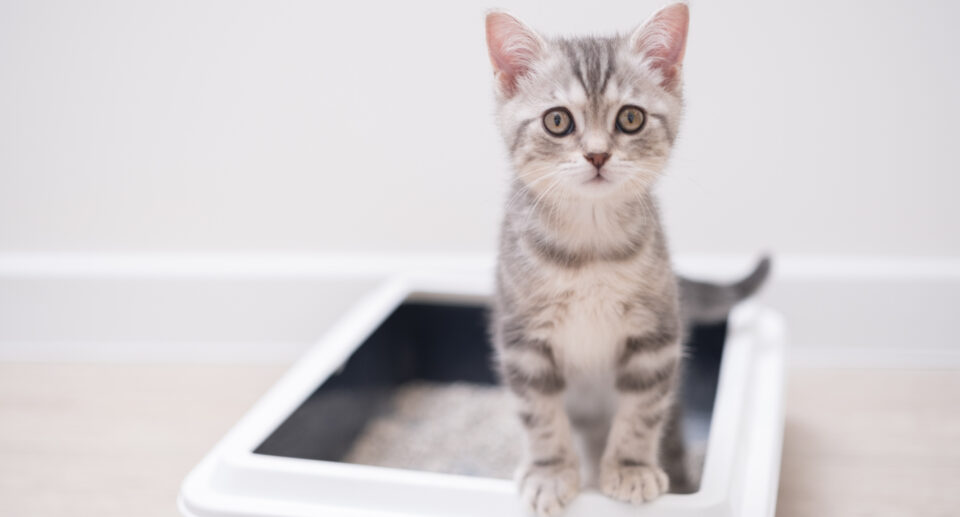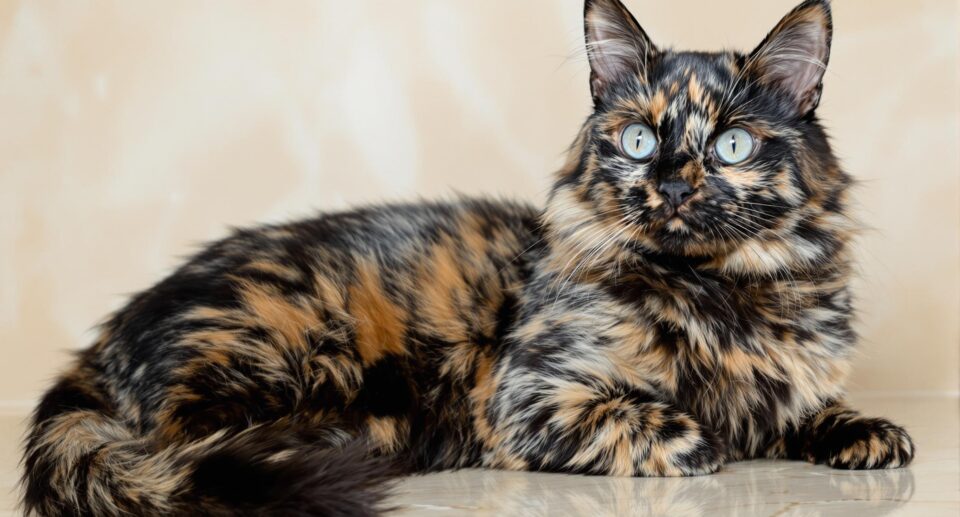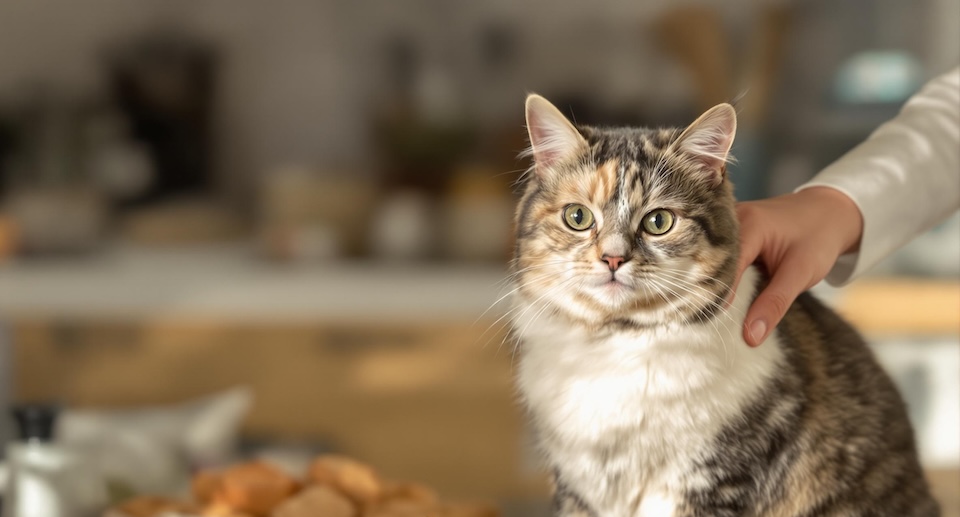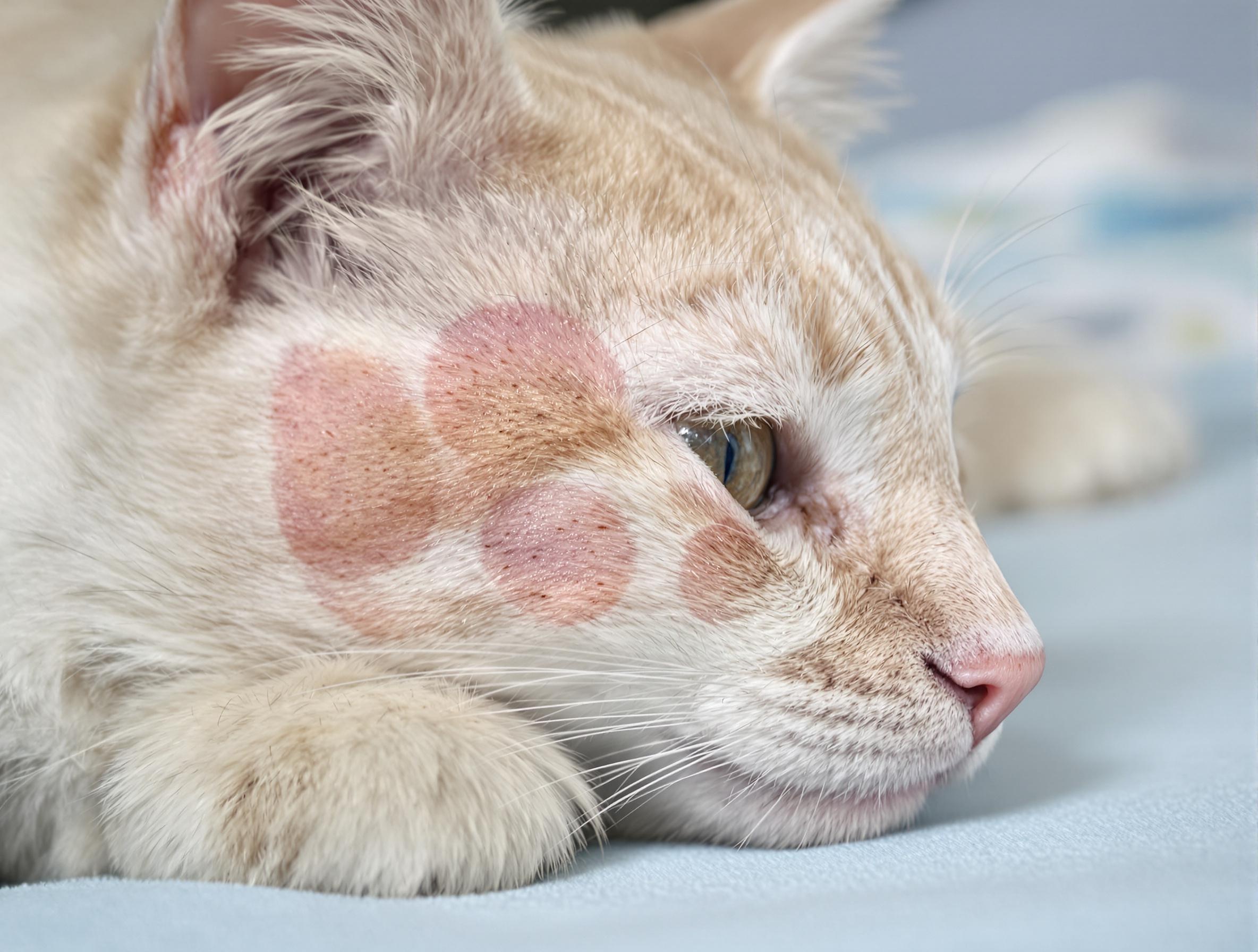What Are The Long Term Effects Of Declawing A Cat?
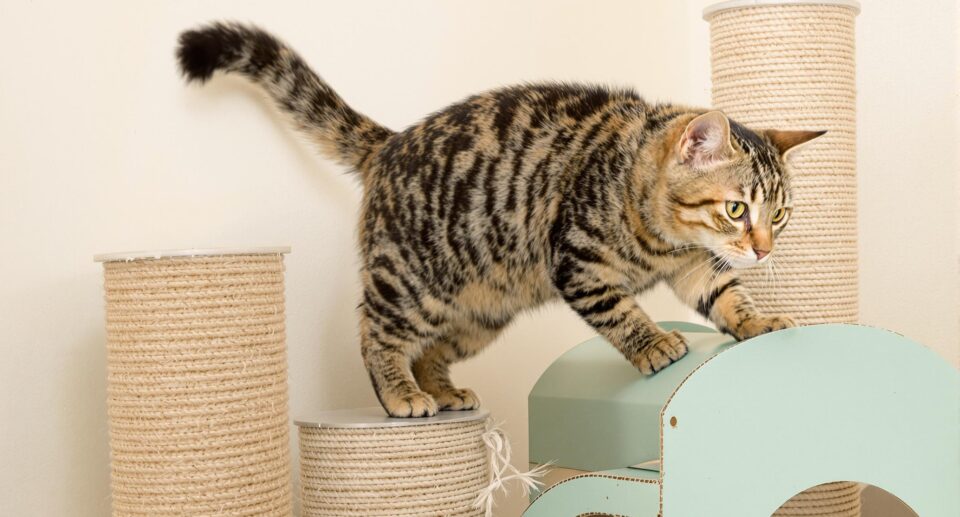
Have you been considering having your cat declawed? While declawing cats was once a common practice to manage behavioral issues, many veterinarians and rescue groups now advise against this procedure.
The colloquial term “declawing” is misleading. An onychectomy is a major surgical procedure in which the cat’s last bone on each of their digits is amputated. It’s the equivalent of removing the tips of your fingers to the first knuckle.
As expected with any major surgery, cats experience soreness and temporary lameness. But some cats never fully recover from onychectomy and may experience lifelong health complications and behavioral changes.
Long Term Complications Of Declawing
While declawing is typically a last resort for owners who are considering relinquishing their cat due to behavior issues, the surgery can make behavioral issues even worse and cause additional problems.
Cats may scratch their humans by accident during rough play, but sometimes scratching is associated with aggression. Aggressive cats may become all the more aggressive when they’re in pain, and they may resort to biting after losing their ability to scratch.
Lingering pain after surgery can persist for months or may never completely dissipate. Painful paws can make it difficult for your cat to use their litter-box. Some cats start to have accidents around the house to avoid the painful feeling associated with digging around in their litterbox.
It’s not uncommon for bone fragments in the cat’s paws to be left behind after surgery. Bone fragments have been correlated with claw regrowth, which may occur months, even years after the procedure. Bone fragments, claw regrowth, and chronic pain can alter a cat’s posture as they shift their weight onto their wrists, sometimes leading to arthritis, back pain, and other joint issues.
Alternatives To Declawing
Owner-directed scratching can be avoided by modifying the way you play with your cat. Try using a long play wand to keep a safe distance between your hands and those mighty claws.
If your cat scratches aggressively, rather than during play, working on underlying behavioral issues can help immensely. Make sure you and your family understand cat body language and give your cat space if they’re feeling stressed.
If your cat scratches furniture, they may simply like the way it feels on their claws. Try a variety of different scratching surfaces. You can redirect your cat when they scratch furniture and sprinkle catnip on appropriate scratching surfaces to make them more attractive to your cat. You can also make furniture less attractive to your cat with the help of a citrus spray, the smell of which cats do not like, or by wrapping those surfaces in foil or plastic wrap.
Stress-related scratching can sometimes be mitigated with calming products like Feliway, a synthetic pheromone that mimics the scent a mother cat emits to help her kittens feel safe and secure.
If you are struggling to manage your cat’s behavior issues, do not hesitate to reach out to your veterinarian. Your vet can check for underlying health problems that can contribute to unwanted behavior and can also refer you to a veterinary behaviorist.

